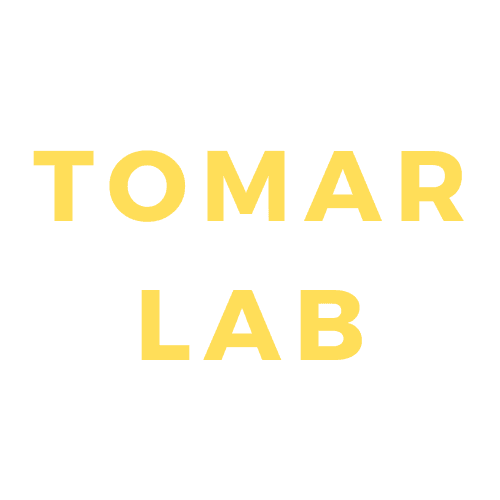Abstract
Nanomedicines are emerging outcomes of nanobiotechnology which have promising pharmaceutical applications. Although there are various physical and chemical methods for synthesis of nanoparticles, most of them involve hazardous and toxic chemicals. Thus, there is a continuously growing need for investigation of novel routes to synthesize nanoparticles with enhanced biocompatibility and reduced toxicity. Medicinal plants are rich source of diverse photochemical responsible for simultaneous reduction and stabilization of nanoparticles. Herein, we report for the first time, the synthesis of platinum nanoparticles (PtNPs) and palladium nanoparticles (PdNPs) using Barleria prionitis leaf extract (BPLE). PtNPs and PdNPs were characterized using UV-visible spectroscopy.
High resolution transmission electron microscopy (HRTEM) revealed that the PtNPs were between 1 to 2 nm while PdNPs were between 5 to 7 nm. Further energy dispersive spectroscopy (EDS) and dynamic light scattering (DLS) confirmed the elemental composition and hydrodynamic size, respectively. Fourier transformed infrared spectra (FTIR) confirmed the involvement of diverse photochemical in reduction and stabilization of the nanoparticles. Both PtNPs and PdNPs were tested for anticancer activity against human breast adenocarcinoma (MCF-7) cell lines which showed reduced viability up to 60.08±2.4% and 57.22±1.68%, respectively.

